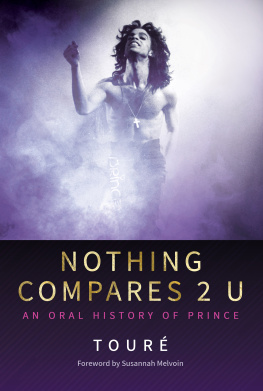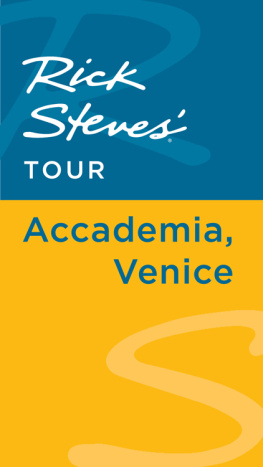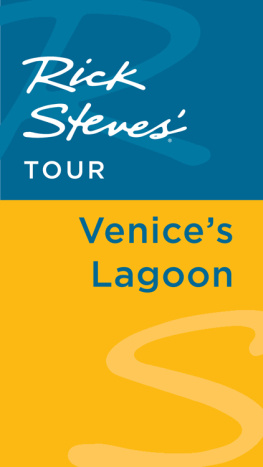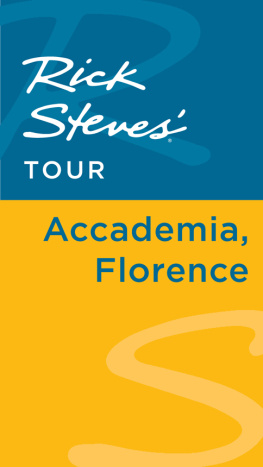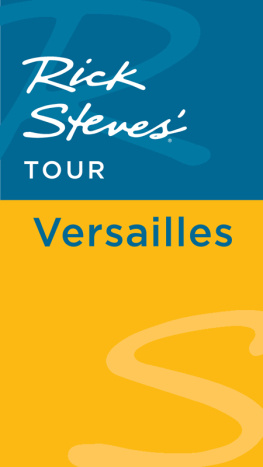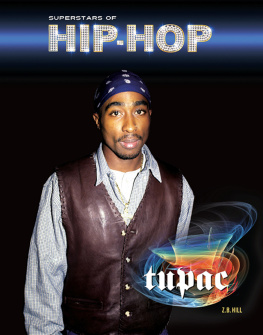NEVER DRANK THE KOOL-AID. Copyright 2006 by Tour. All rights reserved. Printed in the United States of America. No part of this book may be used or reproduced in any manner whatsoever without written permission except in the case of brief quotations embodied in critical articles or reviews. For information, address Picador, 175 Fifth Avenue, New York, N.Y. 10010.
www.picadorusa.com
Grateful acknowledgment is made to the following publications:
Rolling Stone: The Family Man, The Life of a Hunted Man, DMX Drives Crazy, but He Loves You, The Ivy League Counterfeiter, Inherit the Wind, The Mystery of Lauryn Hill, A Woman Possessed, The Next Queen of Soul, Lauryn in Love, DAngelo Is Holding Your Hand, Kurt Is My Copilot, Jay-Z Has Got Guts, and Do You Like My Jesus Piece?; The Village Voice: It Was a Wonderful World, Best Rapper Alive, Invincible Man, Show Me the Money, Love Your Niggas, and Hiphop Familigia; The New Yorker: No Drinks in 96!, Trainspotting, and Night Moves; The New York Times: Im Scared to Death, but I Gotta Live, I Live in the Hiphop Nation, and Are Gay Rappers Too Real for Hiphop?; Playboy: Hiphops Biggest Kid Grows Up and Al Sharpton Has a Dream; Tennis magazine: The Greatest Tennis Player Youve Never Heard Of and The Blackest Tennis Club in the World; Suede magazine: Ships Passing in the Night and Condoleezza Rice Is a House Negro; Icon Magazine: You Can Call Him Prince and Wynton Marsalis Wants to Kick Your Ass; XXL: The Toughest Record Exec Ever (in slightly different form); The Believer: Crack Is Responsible for Hiphop ; Vibe: The Five-Mic Personality, or Why I Hate Mary J. Blige; The Bastard on the Couch: An Invitation to Carnal Russian Roulette; The Best American Essays 1996: Whats Inside You, Brother?
Picador is a U.S. registered trademark and is used by St. Martins Press under license from Pan Books Limited.
For information on Picador Reading Group Guides,
as well as ordering, please contact Picador.
Phone: 646-307-5629
Fax: 212-253-9627
E-mail: readinggroupguides@picadorusa.com
Library of Congress Cataloging-in-Publication Data
Tour, 1971
Never drank the kool-aid : essays / Tour.1st ed.
p. cm.
ISBN 0-312-42578-3 (pbk.)
EAN 978-0-312-42578-4 (pbk.)
1. Popular cultureUnited StatesMiscellanea. 2. Hip-hopMiscellanea. 3.
CelebritiesUnited StatesMiscellanea. 4. United StatesIntellectual life
Miscellanea. 5. United StatesSocial life and customs1971Miscellanea. I. Title.
E169.12.T665 2006
306.097309045dc22
2005054631
First Edition: March 2006
10 9 8 7 6 5 4 3 2 1
Also by Tour
The Portable Promised Land
Soul City
Dedicated to my mom, who taught me how to write,
and my dad, who taught me how to work hard,
with a shout-out to the editors who put up with me
through these pieces: Joe Levy, Fletcher Roberts,
Anthony DeCurtis, Bob Christgau, Ann Powers,
Bob Love, David Kuhn, Danyel Smith, Kevin Buckley,
Joe Fielden, Vendela Vida, and Josh Kendall
Introduction
Drinkin the Kool-Aid is a great piece of modern slang that means buying into what someone else tells you. It springs from the story of the 1978 massacre at Jonestown, Guyana. The religious dictator and notorious cult leader Jim Jones initiated mass suicide, instructing his 900-plus followers to drink cyanide-laced punch. Many did; others were shot or injected. Jones shot himself in the head. After that the notion of drinking the punch or Kool-Aid became linked with being brainwashed or believing someone elses mind-set completely. A friend of mine began working for Puffy and one day called me, spouting Puffs philosophies. I said, Sounds like you drank the Kool-Aid, nigga. Weve called this collection Never Drank the Kool-Aid to suggest that I never bought into the philosophy of the rappers, singers, and celebrities I wrote about. I wasnt there to help extend their brands and the story they were selling. I was there to try to understand who they were beyond the image they want us to think they were.
You will probably notice that death bookends this collection. We begin with a Village Voice essay I wrote the day after Biggies murder and end with an account of Jam Master Jays funeral written for The New Yorker (unpublished till now). Thats because death has been a major presence in the era I was writing about hiphop. In the early 80s, when I began my love affair with hiphop, no major figures had died. The deaths of Scott La Rock and Trouble T-Roy were terribly sad but didnt send shockwaves through the culture. The murders of Tupac, Biggie, and Jam Master Jay hit the Hiphop Nation like a neutron bomb, and the reverberations have been long and loud. Their names and images remain part of the hiphop zeitgeist to this dayyou cant listen to hiphop radio or watch BET for long without hearing or seeing some reference to one of the three of them, and you certainly cant walk down 125th Street or any of the MLK Boulevards in this country without seeing some rendering of the dead triumvirate, often surrounded by Eazy-E, Aaliyah, Left Eye, and sometimes Big Pun. I always felt that hiphop would never be fully mature until we were rocked by tragic death just like jazz (Charlie Parker) and rock (Jimi Hendrix, John Lennon, Kurt Cobain) and R&B (Marvin Gaye). A human isnt fully mature until theyve had to grapple with death, and neither is a culture. But even though the sadness remains, I sense no substantive change has come over hiphop as a result of those deaths, and I think its just a matter of time before someone else joins the gang in Hiphop Heaven.
Ive always felt that hiphop history does not begin in 197 9 with Ra ppers D elight, but years earlier, when DJ Koo l Herc began spinning parties in the Bronx. In August of 1970, at the urging of his sister Cindy, Herc started taking his sound system out to city parks and school yards. He staged mammoth noon-to-midnight block parties with his funk, soul, and reggae records and his Technics 1100A turntables, his supercharged Macintosh amp, and his gargantuan Shure speakers. There were a lot of DJs spinning block parties then, but only Herc would let a record build up to the climax (the break), and then, using two vinyl copies of the same record, mix the record with itself, restarting the climax over and over, prolonging the records break until it was triple, quintuple, exponentially longer. While he did that, his man Coke La Rock would grab a mic and say little things, like he was chatting with his friends in the crowd. Yall feelin alright?! Or, B-boys, are you ready! B-girls, are you ready! (B for break, for the kids whod dance on the breaks.) Or, To the beat, yall! Just little phrases, but that innovation eventually led to little rhymed phrases, which led to verses, which led to rappers.
Orthodox hiphoppers speak of a holy trinity of hiphop fathers: Herc, Afrika Bambaataa, and Grandmaster Flash. But, like moisture in the air before it rains, the conditions were ripe for hiphop before the holy trinity began spinning. Hiphops prefathers or grandfathers are James Brown, Huey Newton, Muhammad Ali, Richard Pryor, Malcolm X, Bob Marley Bruce Lee, certain celebrity drug dealers and pimps whose names wont be mentioned here, and Al Pacinos Scarface. From them, the boys of the hiphop generation derived a swagger, I mean a mental swagger, as well as massive self-confidence, a towering masculinity, a predilection for verbal rhythmic gymnastics, an imperative to play media games, a willingness, nay, an eagerness to take on all of America by yourself, and an unrepentantly pro-Black attitude. Ronald Reagan and crack were hiphops 80s anti-fathers: both helped foster the intense poverty and the teenage drug-dealing millionaires as well as the urge to rebel against the system that appeared to be moving in for the kill, to finally crush Black America.


